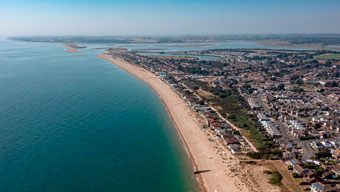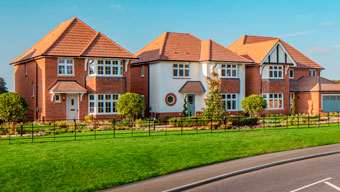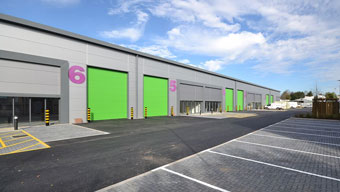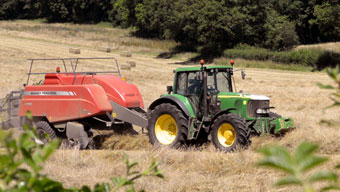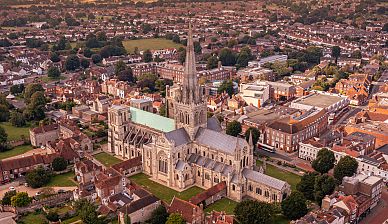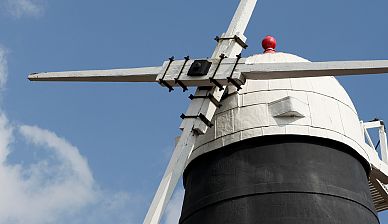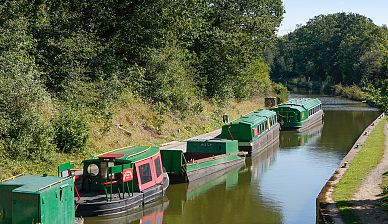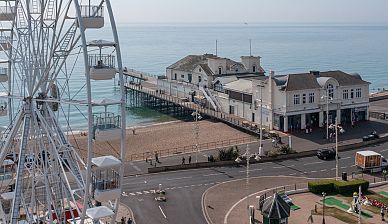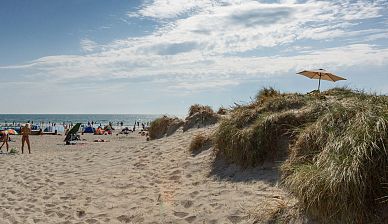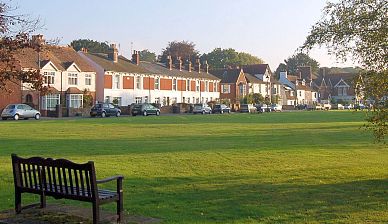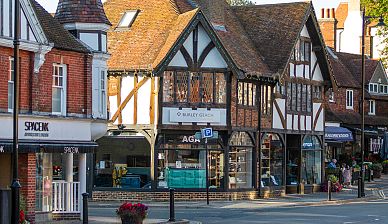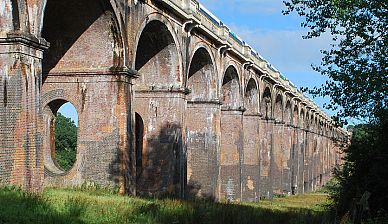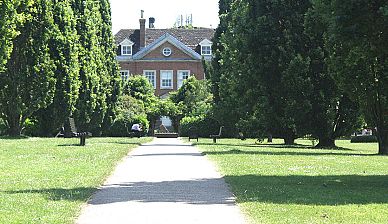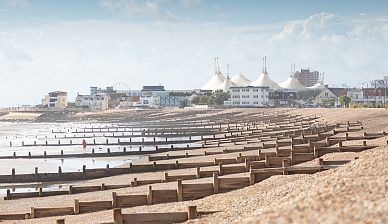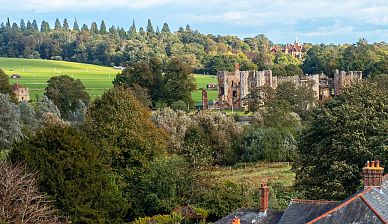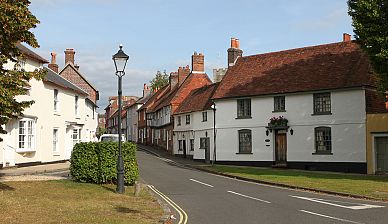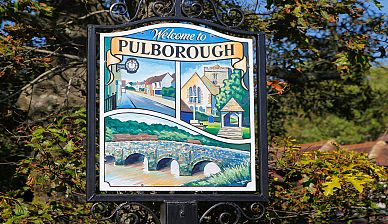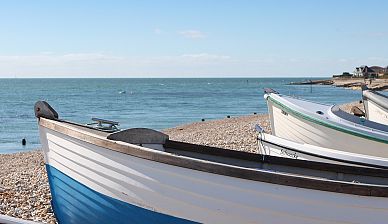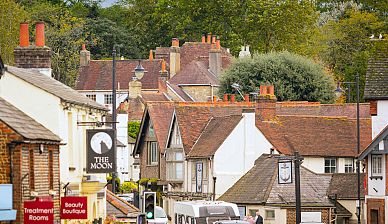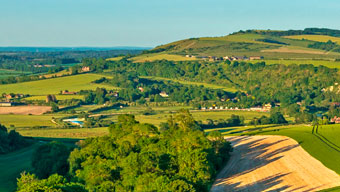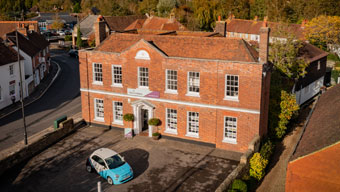Class R Planning - Agricultural Buildings to Commercial Premises
Class R allows development
consisting of a change of use of a building and any land within its curtilage
from a use as an agricultural building to a flexible use commercial premise. An
important difference between Class Q and Class R is that Class R only allows a
change of use, not operational development, but it is significantly less
restricted.
The principal qualifying criteria
is that the building was used for agriculture as part of an established
agricultural units on or before the 3rd July 2012. For a building
not in use on that date, there is a 10 year waiting period before any
development under Class R can begin.
Class R is not permitted within
military zones, dangerous sites or if the building is listed or a scheduled
monument. It is, however, permitted in Areas of Outstanding Natural Beauty,
Conservation areas, National Parks, SSSI’s and within the Green Belt. Class R
allows a change of use of up to 500 sq m in an agricultural unit.
A site which has changed used
under Class R may subsequently change use to another use falling within one of
the use classes comprising the flexible use, meaning that the following could
be permitted, subject to further prior approval being secured from the relevant
local planning authority:
- Class A1 (shops), (now Class E)
- Class A2 (financial and professional services), (now Class E)
- Class A3 (restaurants and cafes), (now Class E)
- Class B1 (business), (now Class E)
- Class B8 (storage and distribution),
- Class C1 (hotels),
- Class D2 (assembly and leisure)
Prior to any change of use
occurring, prior approval must be sought from the relevant local planning
authority. This comprises a formal submission to the Council and the Council
have a set period in which to response. When making a submission, the following
information should be provided to the local authority:
- the date the site will begin to be used for any of the flexible uses,
- the nature of the uses, and
- a plan indicating the site and which buildings have changed use.
If the agricultural building is
over 150 sq m, Prior Approval is required for the following matters:
- transport and highways impact of the development,
- noise impacts of the development,
- contamination risks on the site,
- flooding risks on the site.
Agricultural buildings under 150
sq m do not require Prior Approval from the local authority, but they must be
notified on the intention.
The considerations under Class Q
also apply to Class R, same as the 56-day application process.
Permission granted under Class R
must begin within 3 years of the grant of Prior Approval, or where an
application is granted for associated operational development, 3 years from the
date of planning permission being granted.
Associated operational
development means building or other operations in relation to the same building
or land which are reasonably necessary to use the building or land for the use
proposed under Class R. In most cases
additional full planning application will need to be submitted to the local
authority. As the local authority cannot dispute the use of the building as
this has already been granted by Class R the highways impacts arising from the
use cannot be reason for refusal, meaning the main focus will be design. With
any agricultural conversion, the design should be in keeping with the
surroundings and rural character.
If you are considering a scheme
under Class R in Sussex, Surrey or Hampshire, our Planning team would be
pleased to discuss this with you further.


